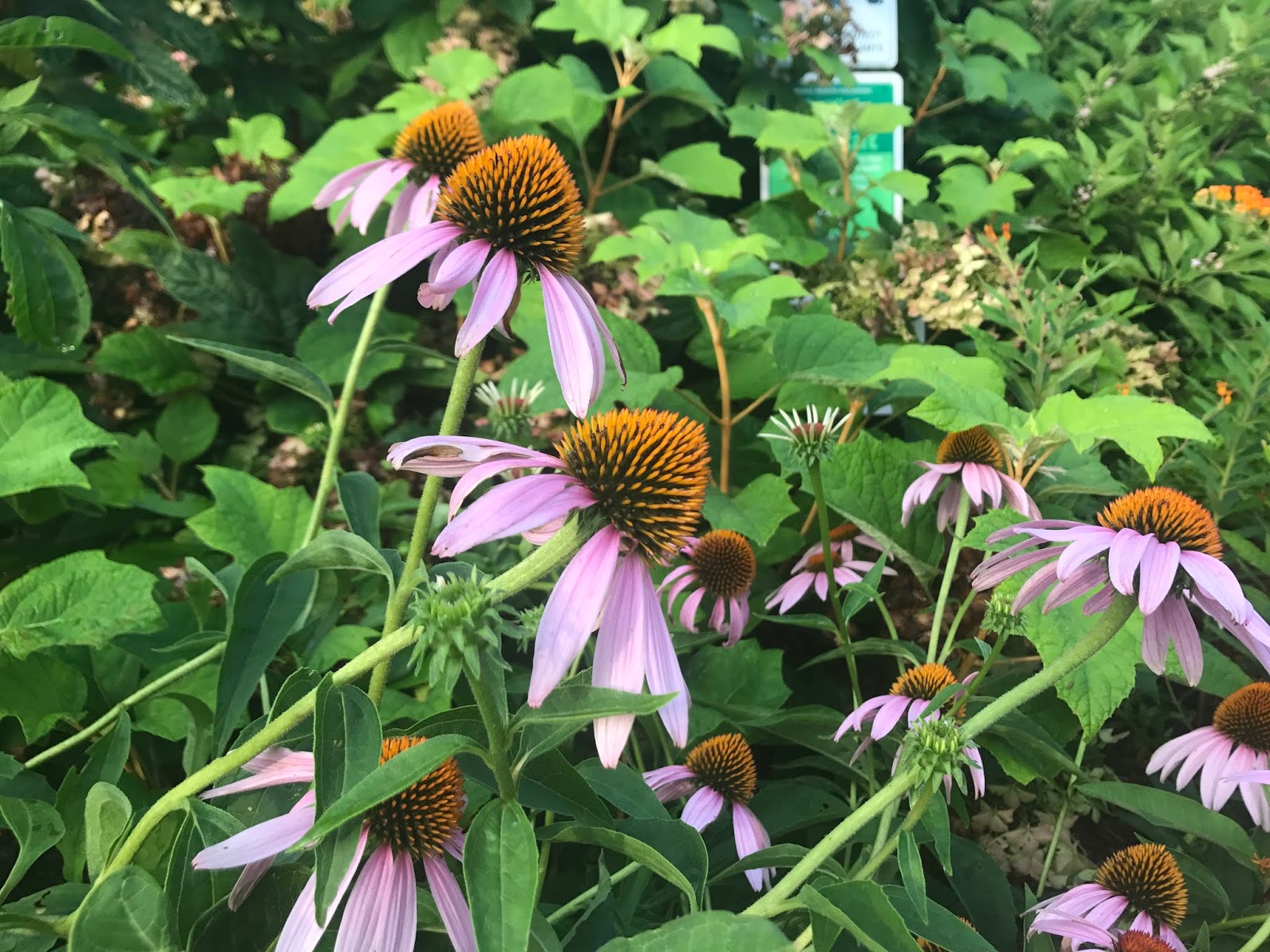Storm-water, as the name suggests, is the water that comes from a storm. When storm water reaches the surface, it has three fates. It can collect, infiltrate, or run-off. But for people that live in urban landscapes with a lot of impervious surfaces, we usually deal with water that runs off. This can play a large role in water pollution as the run-off contains oil slick and debris from roads and fertilizers, pesticides ,and insecticides from vegetation maintenance. When these compounds find their way into our water sources they can disrupt the aquatic ecosystem and compromise the integrity of our water quality. How Does a Rain Garden Help with These Issues? Rain gardens are strategically placed to help capture polluted run off from entering our water streams. It acts as a bowl where the run off collects, and the water slowly enters the ground. The techniques that are used for this process in a rain garden can be further explained by informational signs that are located th...





